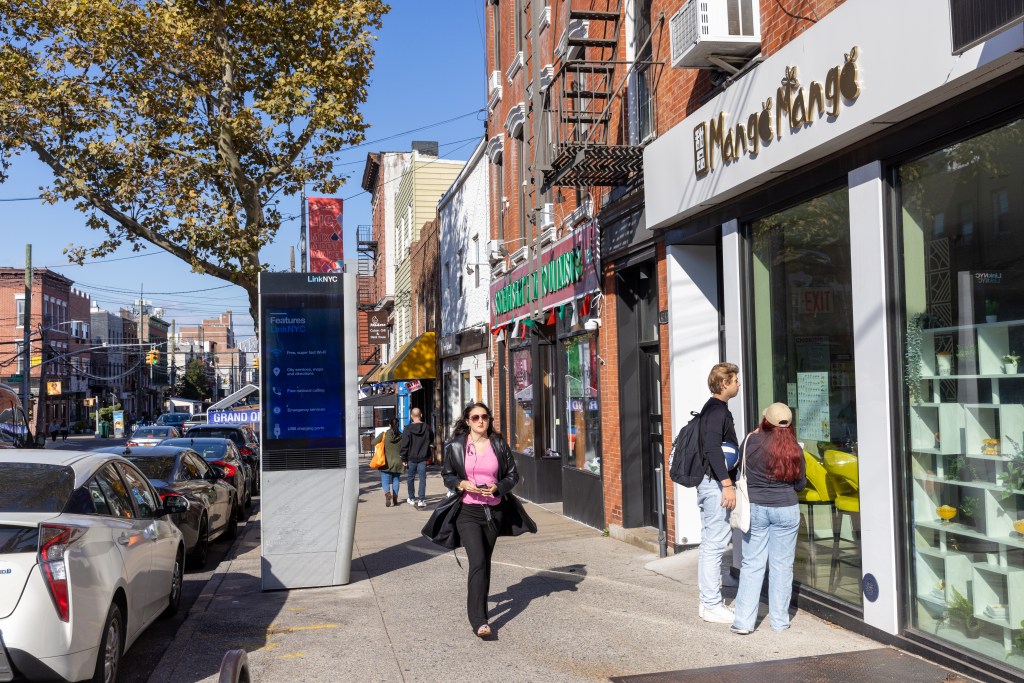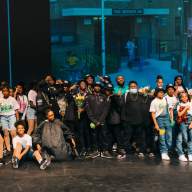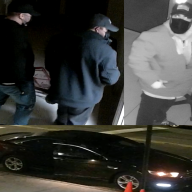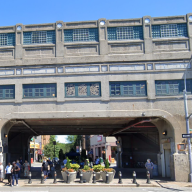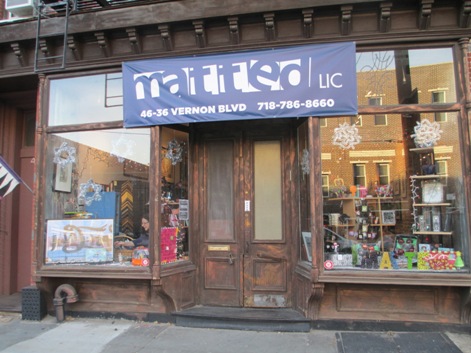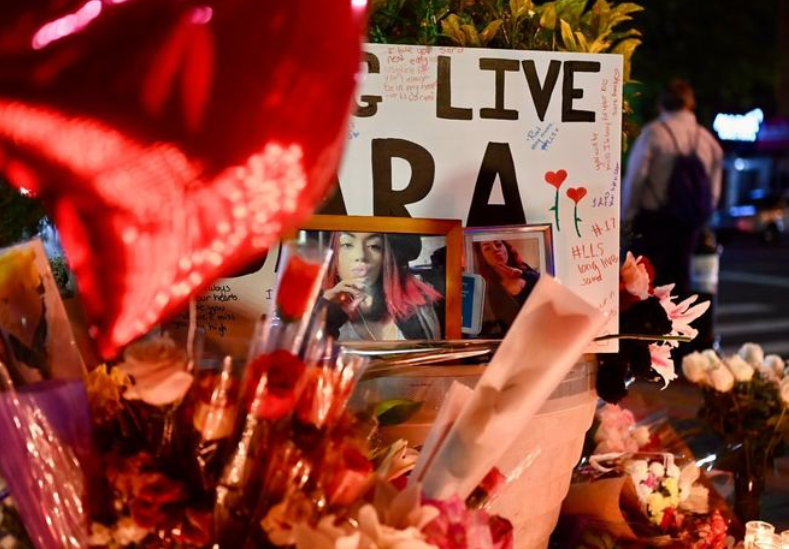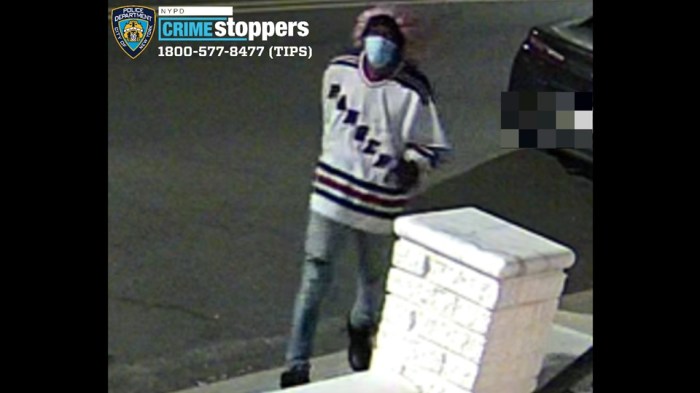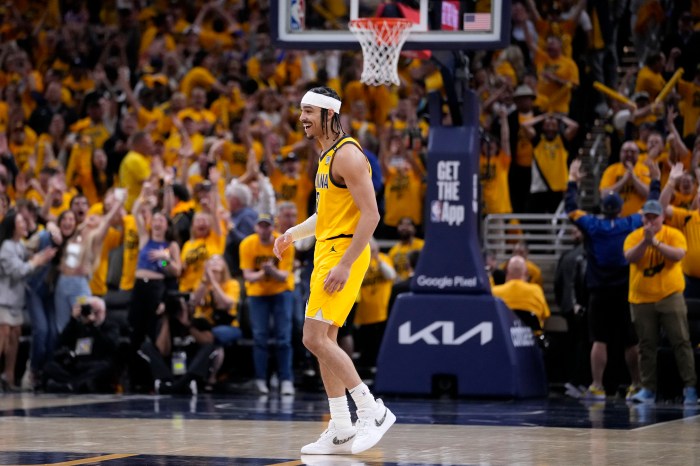Traffic patterns on the fire-damaged Throgs Neck Bridge will be back to “near normal” by Monday, August 10, according to Metropolitan Transportation Authority (MTA) officials.
At a press conference on Tuesday, July 21, Susan Kupferman, MTA Bridges and Tunnels President, also announced that “most trucks” would be allowed on two left-hand Bronx-bound lanes by Saturday, July 25.
For the time being, trucks with state “Divisible Load Permits” that weigh up to 105,000 pounds will be allowed.
“On August 10, the Cross Island Parkway ramp and a third lane on the bridge will reopen,” Kupferman predicted, returning the bridge to its usual three lanes northbound.
“Lanes will be narrowed to allow work to continue,” she cautioned, predicting that traffic flow on the damaged span will be “slow but steady.”
“We are making progress on all three of our goals related to the Throgs Neck: mitigating traffic, identifying repair plans and fully investigating the cause of the accident,” said MTA Interim Executive Director Helena E. Williams.
“We regret the continued inconvenience to our customers but we are pleased that we can return to near normal operations soon,” she added, pointing out that by “balancing” traffic between the three bridges leading from Queens to the Bronx, both highway and local “feeder route” traffic should ease.
“Further repair and reconstruction work, including a portion of a planned deck replacement, will continue into the fall,” Kupferman explained, promising that “The three lanes will be maintained for traffic throughout the project.”
According to Kupferman and Williams, bridge and tunnel engineers, health and safety staff, along with outside experts on infrastructure, fire and steel structures, “found significant damage in the fire area and are expediting the repairs which involve reinforcement and replacement of steel.”
“Safety is our highest priority, which guides our plans to restore this critical regional link to normal operation,” Kupferman said.
“Our goal is to make these necessary structural repairs as quickly as possible while minimizing the impact to customers. We will continue to communicate information and conditions via signs, MTA email alerts and, of course, through the media,” she continued.
In order to keep things flowing as smoothly as possible, all planned construction on the Bronx-Whitestone and RFK Bridges has been temporarily suspended and potholes are being filled at night whenever possible, according to the MTA.
Extra tow trucks have been assigned to key locations at all three bridges in order to remove disabled vehicles, additional Bridge and Tunnel Officers have been assigned to process toll traffic and more lanes are being dedicated to the heavier-commute side, the agency said.
Officially, the fire remains under investigation, but MTA authorities revealed at the Tuesday conference that the ironwork contractor E.E. Cruz of Holmdel, N.J. and subcontractor Imperial Iron Works, of the Bronx, were “being held responsible” for the fire-related expenses.
Further, they said that “the personnel directly involved in the fire” would not be allowed to work on the site hereafter.
It is believed that sparks created during “burning” [cutting steel with an oxygen-fed acetylene torch] fell onto scaffolding below, which started the fire.
Safe work practices demand that during any cutting or welding operations where there is a risk of fire, a worker must observe and prevent any fire from starting.
MTA officials said that the incident could be “considered” as a factor in reviewing any future bids by Cruz or Imperial for work on MTA facilities.









